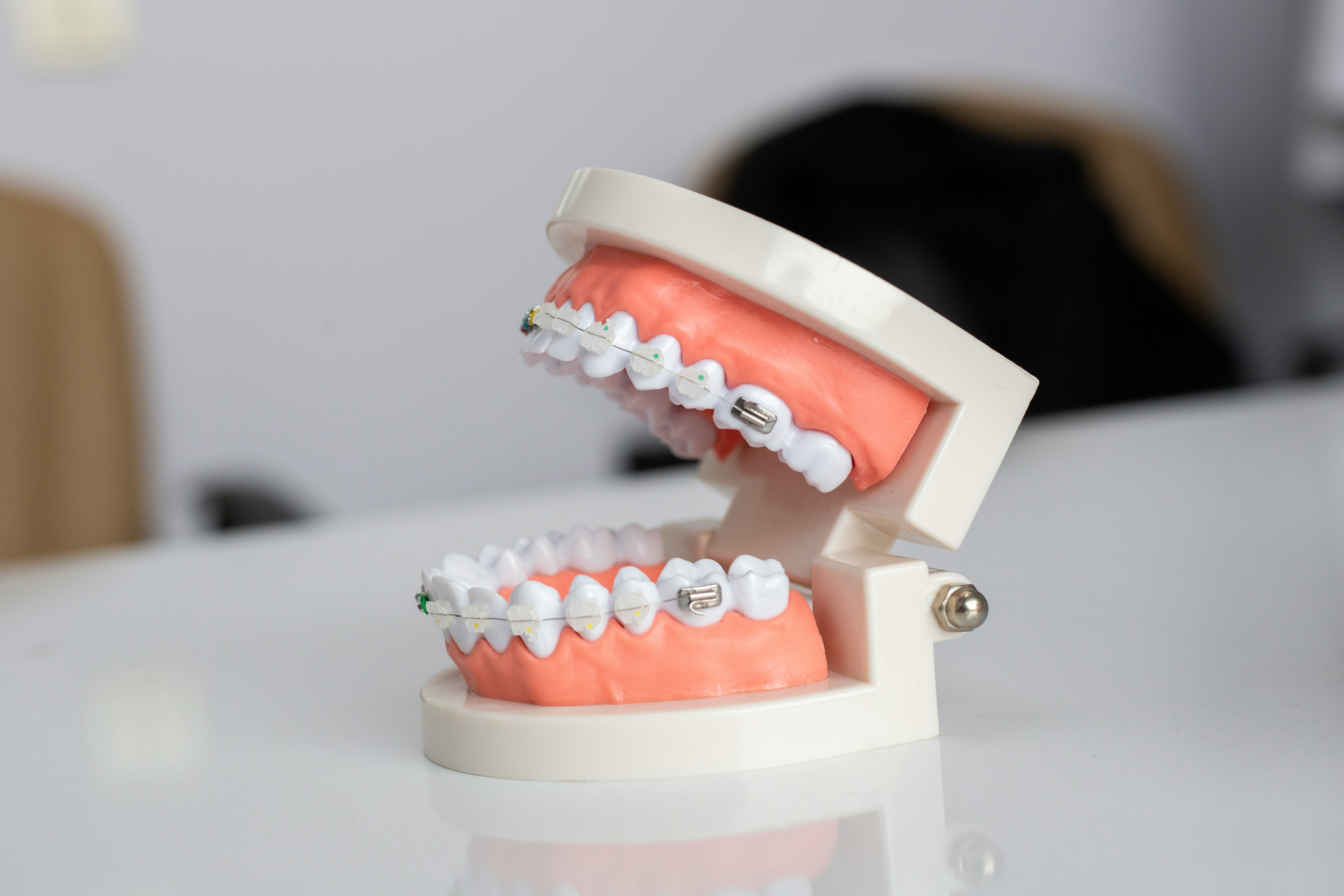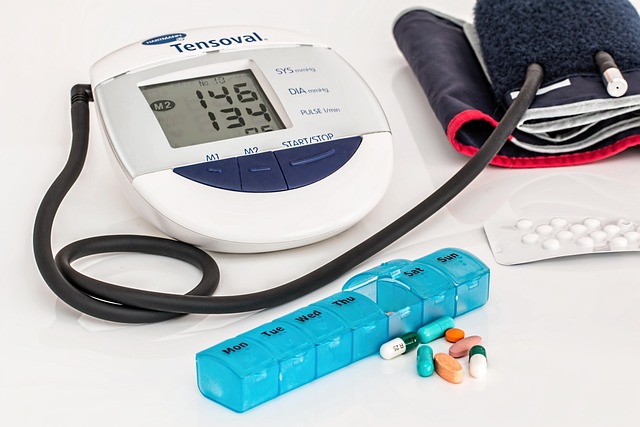Discover traditional home ingredients that may support oral freshness
Traditional home remedies have been used for generations to support oral health alongside modern dental practices. From kitchen staples like baking soda and salt to botanical ingredients such as cloves and mint, many households have long relied on accessible items to freshen breath and maintain oral comfort between dental visits.

Traditional home remedies have been part of oral care routines across cultures for centuries, offering complementary approaches to maintaining fresh breath and oral comfort. While professional dental care remains essential, many common household ingredients contain properties that may support oral freshness when used appropriately. This article explores evidence-based information about traditional ingredients, safe preparation methods, and how these remedies can supplement—never replace—regular dental hygiene and professional care.
What traditional ingredients are associated with oral freshness?
Numerous kitchen staples and natural ingredients have historical connections to oral care practices. Baking soda (sodium bicarbonate) has mild abrasive properties that may help remove surface stains and neutralize acids in the mouth. Its alkaline nature can temporarily reduce bacteria that thrive in acidic environments. Salt water rinses have been used for generations to reduce inflammation and create an inhospitable environment for certain bacteria.
Herbal ingredients also feature prominently in traditional oral care. Cloves contain eugenol, a compound with natural anesthetic and antimicrobial properties that has been studied for its effects on oral bacteria. Cinnamon similarly contains compounds with antimicrobial activity. Mint varieties, including peppermint and spearmint, offer breath-freshening properties through their aromatic essential oils, which may temporarily mask odors while creating a cooling sensation. Tea tree oil has demonstrated antimicrobial properties in some studies, though it requires significant dilution for safe oral use.
Research suggests that some traditional ingredients do contain compounds that may affect oral bacteria or provide temporary relief, but scientific evidence varies significantly in quality and quantity across different remedies. Most traditional ingredients lack the comprehensive clinical trials that modern dental products undergo, making it important to maintain realistic expectations about their effectiveness.
How to prepare simple home rinses safely and when to avoid them
When creating home rinses, proper preparation is crucial for both safety and potential effectiveness. A basic salt water rinse can be prepared by dissolving half a teaspoon of salt in 8 ounces of warm water. This solution should be gently swished for 30 seconds before spitting out—never swallowed. For a baking soda rinse, mix one-quarter teaspoon of baking soda with 8 ounces of water until dissolved.
Herbal rinses require more careful preparation. A clove rinse can be made by steeping 1-2 whole cloves in hot water for 5-10 minutes, then cooling before use. Similarly, mint leaves can be infused in warm water for several minutes to create a refreshing rinse. Essential oils like tea tree or peppermint should never be used undiluted and require proper dispersion in water, typically using no more than 1-2 drops per cup of water.
Certain individuals should exercise caution with home remedies. Those with high blood pressure should limit salt rinses. People with known allergies to specific herbs or ingredients should avoid those substances entirely. Pregnant women should consult healthcare providers before using herbal preparations. Additionally, anyone with open sores, recent dental work, or active infections should consult their dentist before using any home remedy. These preparations should be made fresh each time rather than stored to prevent contamination.
Ways to pair home remedies with daily hygiene practices
Home remedies work best when integrated thoughtfully into a comprehensive oral hygiene routine rather than replacing established practices. Traditional ingredients can complement—never substitute for—brushing twice daily with fluoride toothpaste, daily flossing, and regular professional dental visits.
A balanced approach might include using a salt water rinse after meals when brushing isn’t possible, or occasionally substituting a commercial mouthwash with a properly prepared herbal rinse. Some people incorporate minimal amounts of baking soda with their regular toothpaste once weekly for additional cleansing, though this should be done carefully to avoid enamel abrasion.
Timing matters when incorporating traditional remedies. For instance, rinsing with salt water after eating acidic foods may help neutralize acids, while a mint-infused rinse might be most beneficial for freshening breath before social engagements. However, these should supplement rather than replace the proven benefits of fluoride products and mechanical plaque removal through brushing and flossing.
Maintaining regular dental check-ups remains essential, as home remedies cannot address underlying dental issues like cavities, gum disease, or structural problems. During these visits, discuss any home remedies you’re using with your dental professional to ensure they’re appropriate for your specific oral health situation.
Safety notes on allergies, sensitivity, and when to see a dentist
While many traditional ingredients are generally safe for most people, individual reactions vary significantly. Before using any new remedy, consider testing a small amount on your inner wrist to check for skin sensitivity. If irritation occurs, avoid oral use entirely. People with known allergies to specific plants or food ingredients should exercise particular caution with herbal remedies.
Certain warning signs indicate when home remedies are inappropriate and professional care is needed. Persistent bad breath despite good hygiene may signal underlying health issues requiring diagnosis. Pain, swelling, bleeding gums, loose teeth, or visible lesions demand prompt professional attention. Sensitivity that persists for more than a few days or worsens with time should never be managed with home remedies alone.
Overuse of certain traditional ingredients carries risks. Excessive use of abrasive substances like baking soda can gradually wear down tooth enamel. Concentrated essential oils may irritate oral tissues if improperly diluted. Acidic ingredients like lemon juice or apple cider vinegar—sometimes recommended in folk remedies—can erode enamel and should generally be avoided for oral care.
If you experience burning sensations, increased sensitivity, or tissue irritation after using any home remedy, discontinue use immediately and rinse thoroughly with plain water. Consult a dental professional if symptoms persist.
Traditional home remedies can offer complementary approaches to maintaining oral freshness when used appropriately and safely alongside proven dental hygiene practices. Understanding both their potential benefits and limitations helps incorporate these time-honored ingredients wisely. While scientific evidence varies regarding their effectiveness, many traditional ingredients contain properties that may temporarily support oral comfort or freshness.
The key to successful integration lies in viewing these remedies as supplements to—never replacements for—regular brushing, flossing, and professional dental care. By approaching traditional ingredients with realistic expectations and proper preparation techniques, they can become a thoughtful addition to comprehensive oral health maintenance.
This article is for informational purposes only and should not be considered medical advice. Please consult a qualified healthcare professional for personalized guidance and treatment.




